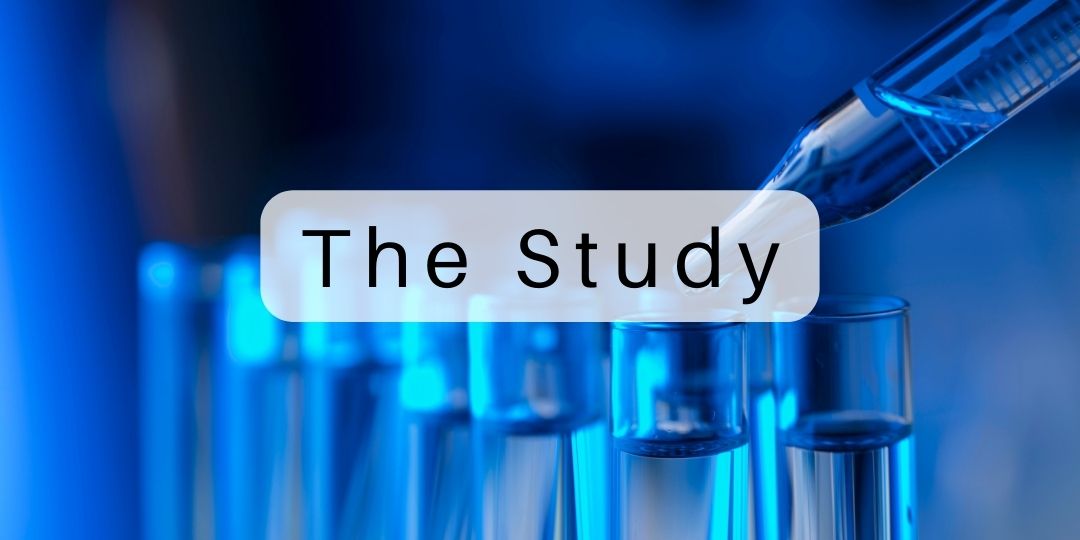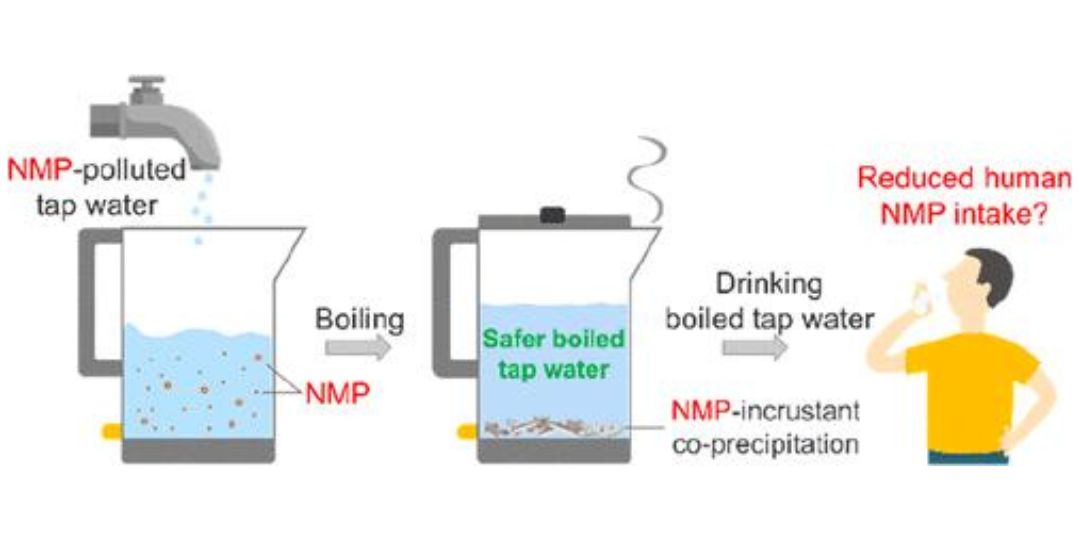|
There is a growing level of concern and awarness about microplastics in water, but a new study suggests that boiling water may remove many of these tiny particles. What are Microplastics and Nanoplastics?If you have not heard of microplastics in the past, the National Oceanic and Atmospheric Administration gives a quick recap here. (or just google "what are microplastics" and it should come up near the top of the list). Essentially, microplastics are small pieces of plastics that are less than 5 millimeters long. They are caused when small plastics are washed away or discarded, and they can also be created when larger plastics break down over time. The widespread use of plastics combined with the difficult of filtering these small pieces has caused to them to become increasingly prevalent and widespread in our drinking water, lakes, and oceans. And as you might expect, nanoplastics are similare but are even smaller. Some microplastics with common examples include:
Does Boiling Water Remove Microplastics?The experiment is titled "Drinking Boiled Tap Water Reduces Human Intake of Nanoplastics and Microplastics." According the the abstract, the authors claim to: "present evidenence that polystyrene, polyethylene, and polypropylene NMPs can coprecipitate with calcium carbonate (CaCO3) incrustants in tap water upon boiling. Boiling hard water (>120 mg L–1 of CaCO3) can remove at least 80% of polystyrene, polyethylene, and polypropylene NMPs size between 0.1 and 150 μm. Elevated temperatures promote CaCO3 nucleation on NMPs, resulting in the encapsulation and aggregation of NMPs within CaCO3 incrustants." Essentially, this means that boiling water causes the plastics to combine with calcium cabonate (aka the "hard" in "hard water" that is in most people's homes), then the combined particles then drop to the bottom, leaving a layer of cleaner water on top. I do not have full access to the article, but I would expect two followup questions should be considered that weren't covered in the abstract.
At BottlePro, we keep an eye out for hydration and water bottle news, then we summarize it and post it here. Check back with us to stay in the loop!
0 Comments
|
Follow us for more hydration-focused updates!
Try searching for things like "infusers" or "Hydro Flask".
Categories
All
Archives
June 2024
Amazon Associates ProgramBottlePro is part of the Amazon Services LLC Associates Program. We strive to provide helpful information and product recommendations, and we receive a commission on purchases made after you click through our links.
|
PS Kreative, LLC, Licensed in North Carolina, USA (ID # 2514262), DBA "BottlePro"




